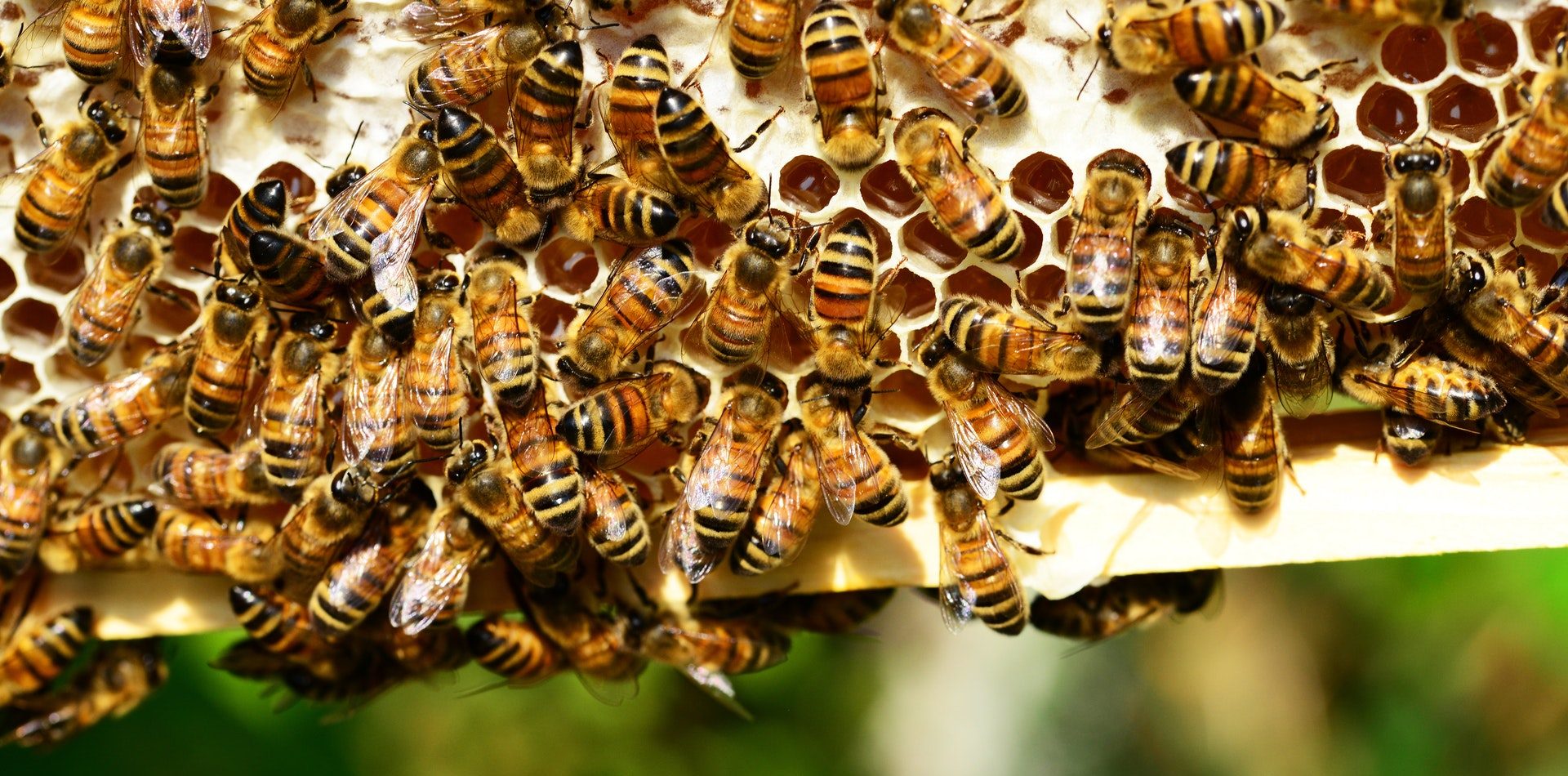
10 Jan To Catch A Swarm 3 – Swarm Trap
What Is A Swarm Trap?
A swarm trap is simply a box that is used to capture swarms of honey bees. This kind of box is also known as swarm trap, swarm box, nest box or bait box. It just depends on who you’re talking to. Whatever you choose to call it, they all entice bees to move in.
The Key To A Good Swarm Trap
A good swarm trap will exhibit three key features.
- A cavity volume of approximately 11 gallons.
- An entrance along the bottom of the box.
- An entrance no greater than two square inches.
As I discussed in the previous post, there are at least six nest site variables that bees use to assess the overall quality of a new nest site. The swarm trap that you use or build should address three of these variables.
How To Build A Swarm Trap
Experiments have shown that wild swarms of bees prefer a nest to have a volume of approximately 11.1 gallons. This volume is similar to that of a typical 10 frame deep hive body which is approximately 10.5 gallons. Like the 10 frame deep, this swarm trap will be 10.5 gallons in volume, however, it will only hold five frames.
Swarm Trap Instructions
In this series of photos below, I will describe how to build a swarm trap. For these images, I used a swarm trap that I had already built and painted. However, I did not install the hanger on the back side of the box. Thus, I have not been able to use this trap. In the steps below, I outline the dimensions of each piece that creates this style of swarm trap. I will also discuss how I install hangers that are useful for securing the box to a tree.
Step 1 (Front & Back)
Front and Back: Cut 2, 18-in x 20-in pieces of plywood. I use plywood that is approximately 0.5-in thick.

Painted swarm trap back with 1.5-in x 3.5-in x 4-in mounting blocks (right of image).
Step 2 (Hanger Cleats)
Secure 2 blocks for mounting hanger. I use treated 2-in x 4-in cut into 4-in blocks. It’s important to note that the actual measurement for 2-in x 4-in is 1.5-in x 3.5-in. So, just cut a regular 2×4 into 4-in blocks.
From the inside surface of the back wall, measure 3-in from top, & 10-in from sides. Then center blocks with a 4-in space between them. Don’t worry too much about making these blocks level or square. They will ultimately act as mounting cleats and will have another board secured to them. Secure blocks to the outside of the box backing board using screws from the inside surface.

Step 3 (Sides)
Side board dimensions: (18-in x 7.25-in). Cut 2 pieces of 1-in x 8-in pine board at 18-inches each. The actual dimensions of pine are 0.75-in x 7.25-in. So, you should only make 2 cuts at 18-in each if you start with a 1-in x 8-in x 4-ft board. Secure the side boards between the face and back boards.

Step 4 (Notch For Frames)
Cut a notch on the top of each sideboard. This notch acts as a shelf that will hold the frames of wax inside the box. Notch dimensions 6/16th-in wide x 10/16th-in deep. This step is best done on a table saw. Set blade height to 6/16th– in high (half board thickness). Set rip-guide to 10/16th-in (don’t forget to account for the blade width). Place board flat and run across grain along the top edge of board. Then adjust rip-guide to 6/16th-in (don’t forget to account for blade width). Adjust height of blade to depth needed to cut notch off. Stand board on end and cut notch out.
Step 5 (Bottom Board)
Bottom board dimensions: 20-in x 8.5-in. Cut 1 piece of plywood to 20-in x 8.5-in. Secure this to the bottom of the box.
Step 6 (Telescoping Lid)
Lid dimensions: 22.5-in x 11.25-in. Cut 1 piece of plywood to 22.5-in x 11.25-in.
Cut 2 pieces of 1-in pine board to 2-in x 11.24-in.
Cut 2 pieces of 1-in pine board to 2-in x 21-in.
Secure the 2-in strips to the outer edge of the lid.

Step 7 (Secure Hanger)
Hanger- 1 piece of plywood cut to 3-in x 24-in. Secure to the cleats previously installed (step 2) on back side of box.

Step 8 (Install Entrance Disk)
The entrance disk allows for easy and safe removal from tree after bees have occupied the box. The entrance disk can be ordered from many bee supply companies.

Step 9 (Wax & Foundation)
Used wax comb is essential to the recipe that catches swarms. Very dark and old comb is the best to use. I like to install the comb in the center position inside the box. Then place 2 new (unused) frames of foundation on both sides. A total of 5 frames will be inside the box.

Step 10 (Scent Lure)
Experiments have shown that scent lures that mimic the Nasonov gland are more likely to attract swarms of bees. I recommend using Swarm Commander©. My experience using Lemongrass Essential Oil vs. Swarm Commander© for trapping swarms indicates an 80% increase in chances of capture when using Swarm Commander©. If Swarm Commander© is not available to you, lemongrass oil is the next best choice.

Follow these instructions to make your own swarm trap. If you have questions, please comment below and I will gladly answer. Share this post with anyone that you believe will be interested in making their own swarm trap. And don’t forget to subscribe to our blog to receive the latest posts. In our next post, we will demonstrate how to safely install your swarm trap into a suitable tree.



No Comments